IT Discovery Process - Phase 2
Two major work streams will be pursued through Phase 2 of the IT Centralization:
- Organizational Discovery (people and stakeholders and how they interact)
- Service Discovery (technology and meeting business needs)
Core Principles
Understand leadership perspective on organization and mission, and discuss options/approaches to addressing concerns
Invite the unit’s IT Liaison or senior IT leader as a core collaborator to ensure continuity of service and knowledge transfer
Involve the previous non-IT supervisor of IT employees.
Demonstrate care for our people
- where they may be in the change process
- who they are as individuals
- how they can engage to be part of the future
Prioritize the information that needs to be collected and understood to ensure the time we are asking others to contribute is best spent
Discovery Process
Consolidation Of Existing Information

Avoid asking duplicative questions. Utilize known information and existing data.
HOWReview of data from the following sources:
- ASITS data
- IAM data collection
- Central HR
- Navigator knowledge
- CCI/MCS adoption
- BlueCat adoption
- ServiceNow usage
Operations Planning Team, CITP Navigators
Organizational Leadership Conversation

Learn more about unit mission, programs and service offerings. Understand what is unique to the unit and leadership perspective on success factors.
HOWMeetings.
WHOAttendees to be determined by individual unit leadership.
IT Leadership Conversation

Map IT services. Understand audiences supported and perspective on most critical requirements that the IT services must support. Understand (broadly) the IT service delivery model. For example, how do requests come in? Who decides priorities?
HOWOperations Planning Team lead, IT Liaison + others as invited to participate.
WHOMeeting(s), site visits, and asynchronous information collection
UITS IT Team Meeting

Provide the unit’s IT team an opportunity to tell us what they do.
HOWMeeting with the unit’s IT team (e.g. IT Director and team members).
WHOOperations Planning Team leads
Position Description Collection

Understand the jobs and duties each IT employee does, and how their work maps to the IT services provided to the unit they serve.
HOWCollect from central or unit level HR (where possible), collect from IT leaders and previous supervisors.
WHOHuman Resources, IT Liaisons, and previous supervisors
Position Description Validation

Many position descriptions will not be current or accurate based on fluidity of job function changes over time.
HOWIT leadership review and refinement.
WHOIT Liaisons, Current and previous supervisors
Individual Employee Meetings

Demonstrate care for each employee. Find out what they like most about their role and what their personal career goals are.
HOWOne on one meeting.
WHOOperations Planning Team leads
Operational Planning Team Members

